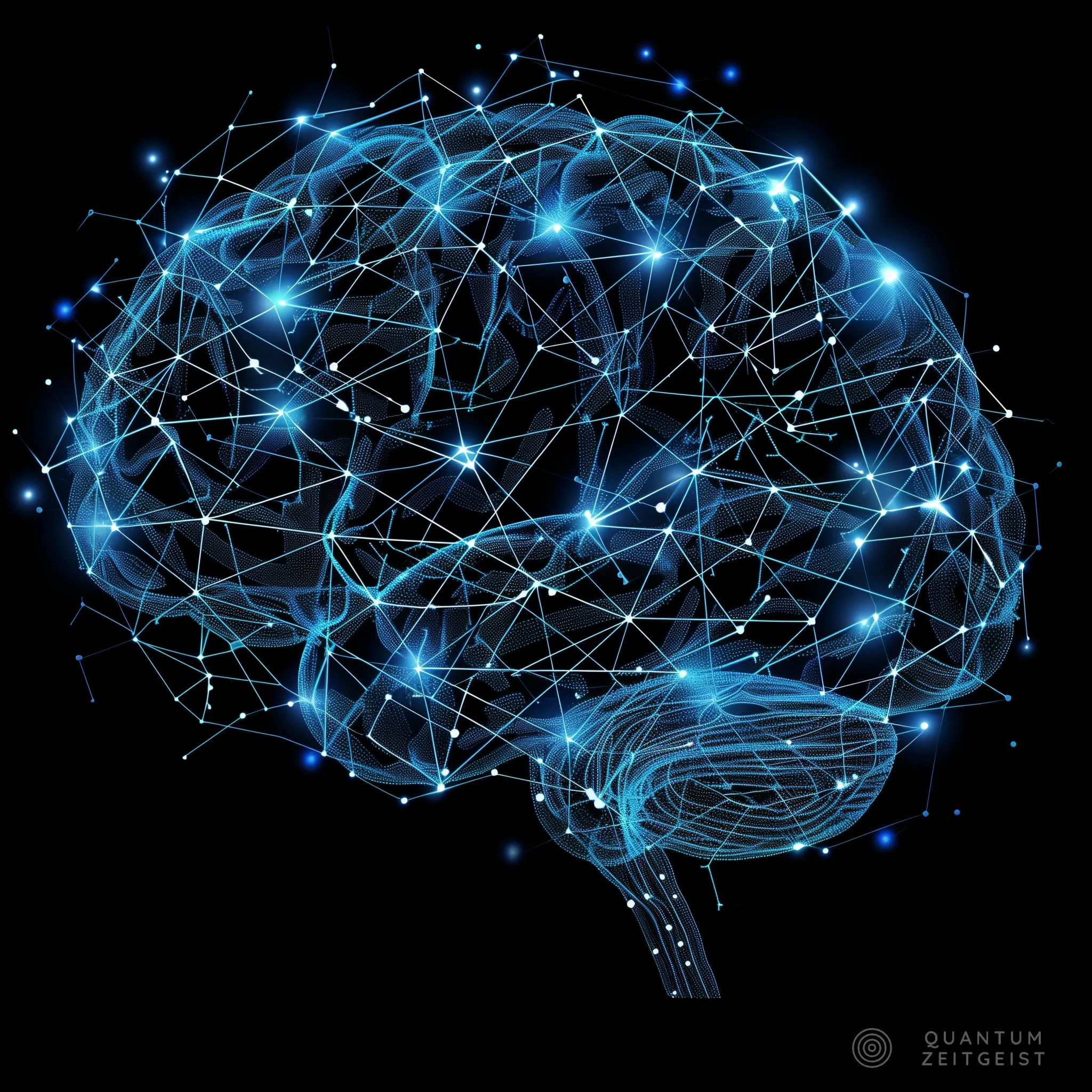Researchers at Howard University’s Quantum Biology Laboratory have discovered a quantum effect in biology that could potentially protect the brain from degenerative diseases like Alzheimer’s. The study, supported by The Guy Foundation, found that tryptophan molecules when arranged in a symmetrical network, display a quantum property called “superradiance,” which allows them to absorb and re-emit light particles more efficiently.
This could protect against oxidative stress associated with degenerative diseases. The study also suggests that these tryptophan networks could function as quantum fiber optics in the brain, potentially allowing for faster information processing. The findings could have implications for quantum computing and neuroscience.
Quantum Effects in Biological Systems: A New Frontier in Neuroscience and Quantum Computing
Quantum mechanics, the branch of physics that governs the behavior of particles at the smallest scales, has traditionally been considered irrelevant to the study of biological systems. These systems, characterized by their warmth and chaotic nature, are typically considered too large and disorderly for quantum effects to be significant. However, a recent study published in The Journal of Physical Chemistry and highlighted by Science magazine, challenges this assumption, revealing a distinctly quantum effect in biology that could have profound implications for neuroscience and quantum computing.
Quantum Superradiance in Tryptophan Networks
The research, led by Dr. Philip Kurian, founding director of the Quantum Biology Laboratory at Howard University, focuses on the molecule tryptophan. This amino acid, a fundamental building block for proteins, is found in many biological contexts, including larger structures like cilia, flagella, and centrioles.
Tryptophan molecules have a standard quantum property: they can absorb a photon at a certain frequency and emit another at a different frequency, a process known as fluorescence. However, the study found that when many tryptophan molecules are arranged in a symmetrical network, they fluoresce stronger and faster than they would independently. This collective behavior, known as “superradiance,” is a quantum effect that occurs with single photons.
This discovery is significant because it demonstrates a fundamental quantum effect in a place where such effects are not typically expected to survive: a larger object in a warm, “noisy” environment. The finding is the result of a decade of work and represents a new way of thinking about the relationship between life and quantum mechanics.
Implications for Neuroscience: Protection Against Degenerative Diseases and Quantum Signal Transmission
The presence of quantum superradiance in large tryptophan networks, which exist in neurons, has two major potential implications. First, it could provide a mechanism for the brain to protect itself against degenerative diseases like Alzheimer’s. These diseases have been associated with high degrees of oxidative stress, which can emit damaging, high-energy UV light particles. Tryptophan networks can absorb this ultraviolet light and re-emit it at a lower, safer energy, a process that is made more efficient by their quantum effects.
Second, these tryptophan networks could be functioning as quantum fiber optics that allow the brain to process information hundreds of millions of times faster than chemical processes alone would allow. This could revolutionize our understanding of how neurons transmit signals, suggesting that quantum processes may play a significant role in brain function.
Quantum Information and Technology: A New Connection
The theoretical implications of this work have also drawn the attention of researchers in quantum technology. The survival of fragile quantum effects in a “messy” environment is of great interest to those who want to make quantum information technology more resilient. The methods used in this study are widely employed in the field of quantum computation to understand complex quantum networks in noisy environments.
This research not only enriches our understanding of information flows in biology at the quantum level but also suggests a vital connection between quantum computing and living systems. The discovery of single-photon superradiance in a biological context could yield new tools for storing quantum information, opening up a new avenue of exploration for quantum effects in living systems.
Conclusion: A Quantum Leap for Quantum Biology
This groundbreaking study represents a quantum leap for quantum biology, taking us beyond photosynthesis and into other realms of exploration. It opens up new possibilities for investigating implications for quantum information processing and discovering new therapeutic approaches for complex diseases. The discovery of quantum effects in biological systems not only enriches our understanding of life but also suggests new applications for quantum computing techniques. As we continue to explore the relationship between life and quantum mechanics, we can expect to uncover more surprising connections and revolutionary insights.
External Link: Click Here For More

